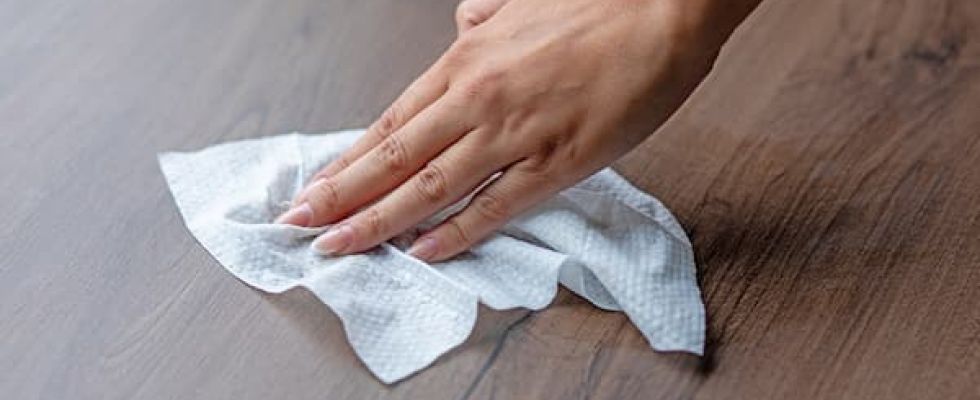
Wet wipe producers are under pressure to meet demanding customer timelines. The inability to meet a deadline means the opportunity is gone, possibly for good. It is tough to meet those timelines when wet wipe producers spend so much time on nonbillable tasks, such as cleaning tanks. If a user is spending a lot of time cleaning tanks and struggling to meet batching schedules, it might be time to look into an inline blending system.
Benefits of Inline Blending Systems
Produce more in less time
Getting more product from existing tank space is a benefit of inline blending systems. In one case study, a wet wipe manufacturer produced chemicals for wipes in batches. It took about 90 minutes to make a complete batch.

Then, the user started the process again, cleaning the tank, adding ingredients and then blending. Cleaning the tank and the labor involved in adding ingredients for blending was a lot of work and a lot of wasted time.
The user implemented an inline blending system that allowed them to make a 20x concentrate in the same tank. The concentrate was diluted with water after leaving the batch tank. Now, instead of consuming a batch in 90 minutes and restarting the cleaning/blending process, the concentrate is consumed in 30 hours.
Maximize floor space
Inline blending systems bring a number of benefits to wet wipe producers. The first of which is floor space. During this new era where wet wipes (especially disinfecting wet wipes) are flying off the shelves, wet wipe manufacturers are challenged with increasing production while maintaining the floor space they already have.
A skidded inline blending system is compact. Good system designers create the smallest footprint possible while making each piece of equipment accessible for servicing. Inline blending also requires fewer tanks to prepare to feed the lines.
Maintain consistency
Another benefit of inline blending is a more consistent product. When using a concentrated base plus water, the final blend tends to be more homogeneous than in-tank blending methods.
The demand for wipes will not slow down any time soon. Now is the time for users to make investments in their facility to increase throughput. If a plant is struggling to keep up with the demand for wet wipes due to constant tank cleaning and mixing, it should look into an inline blending solution.
The addition of a single piece of equipment could stop profits from being wiped away.

